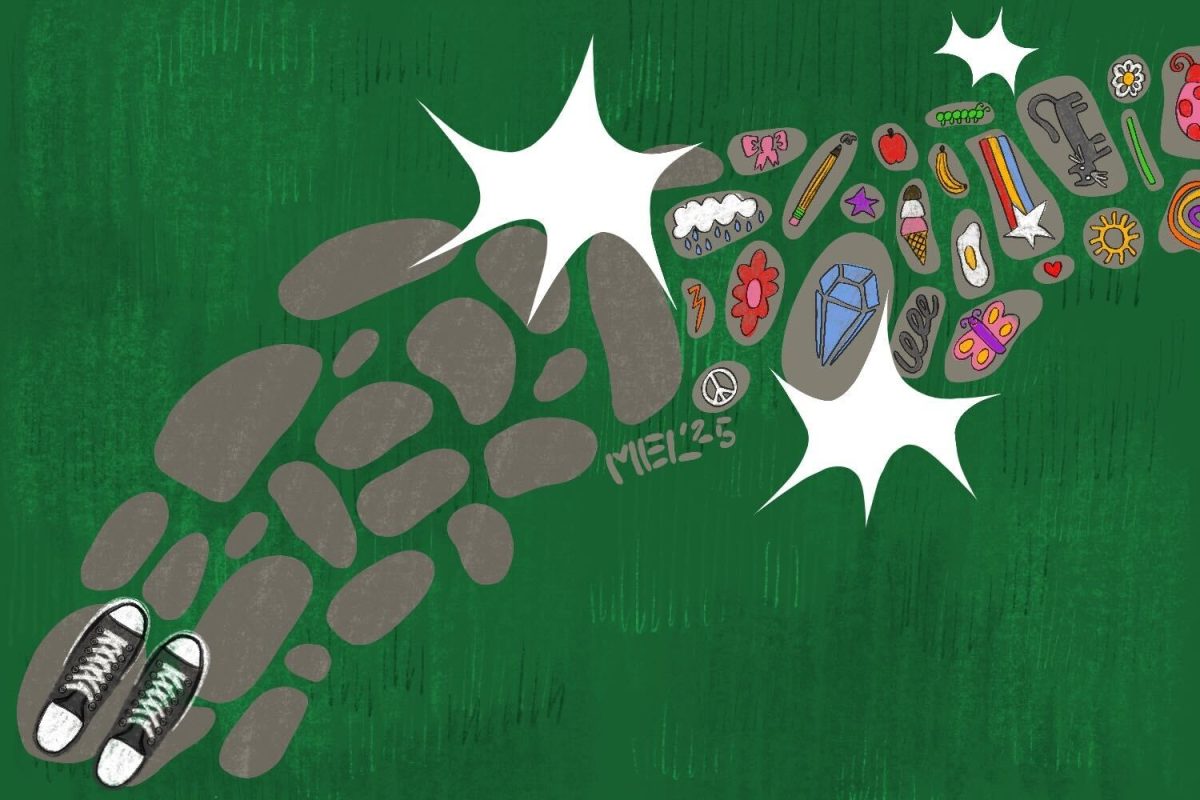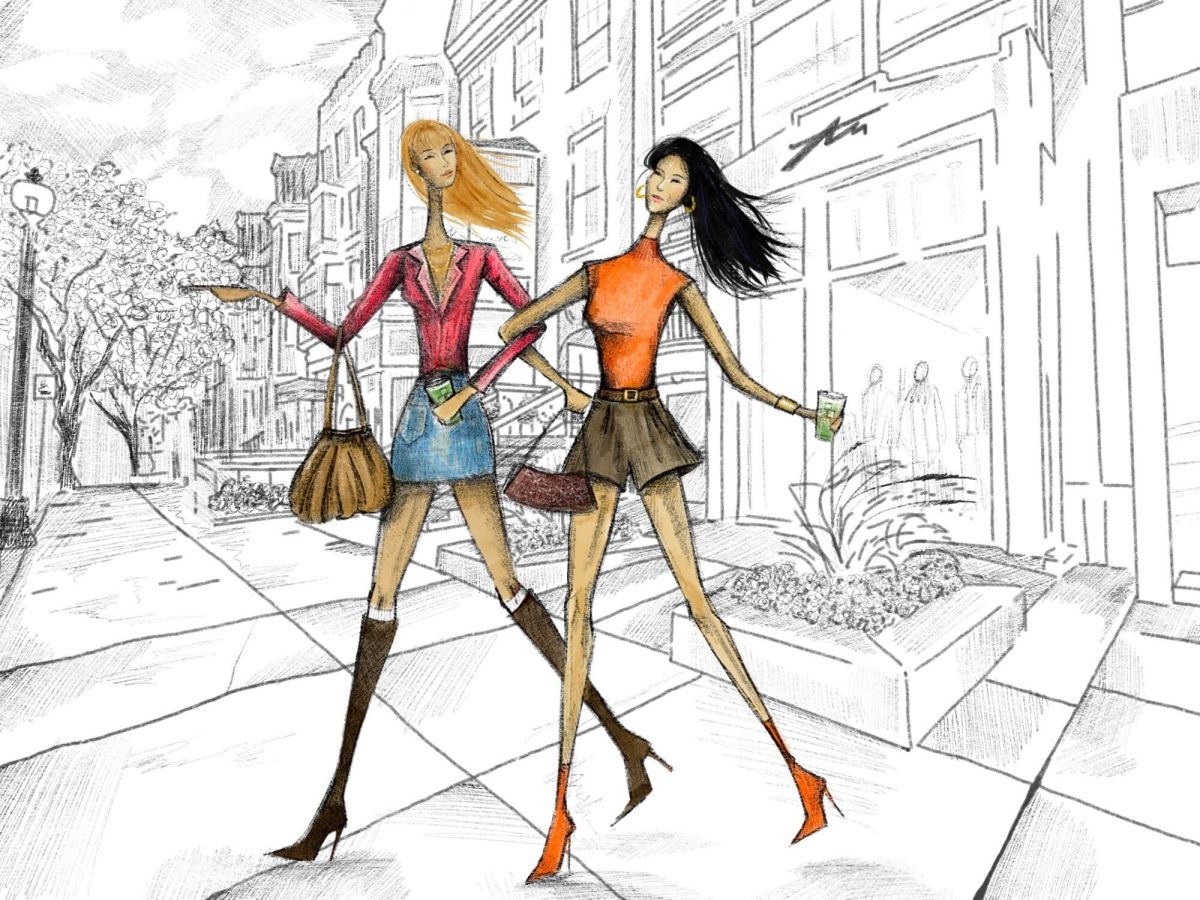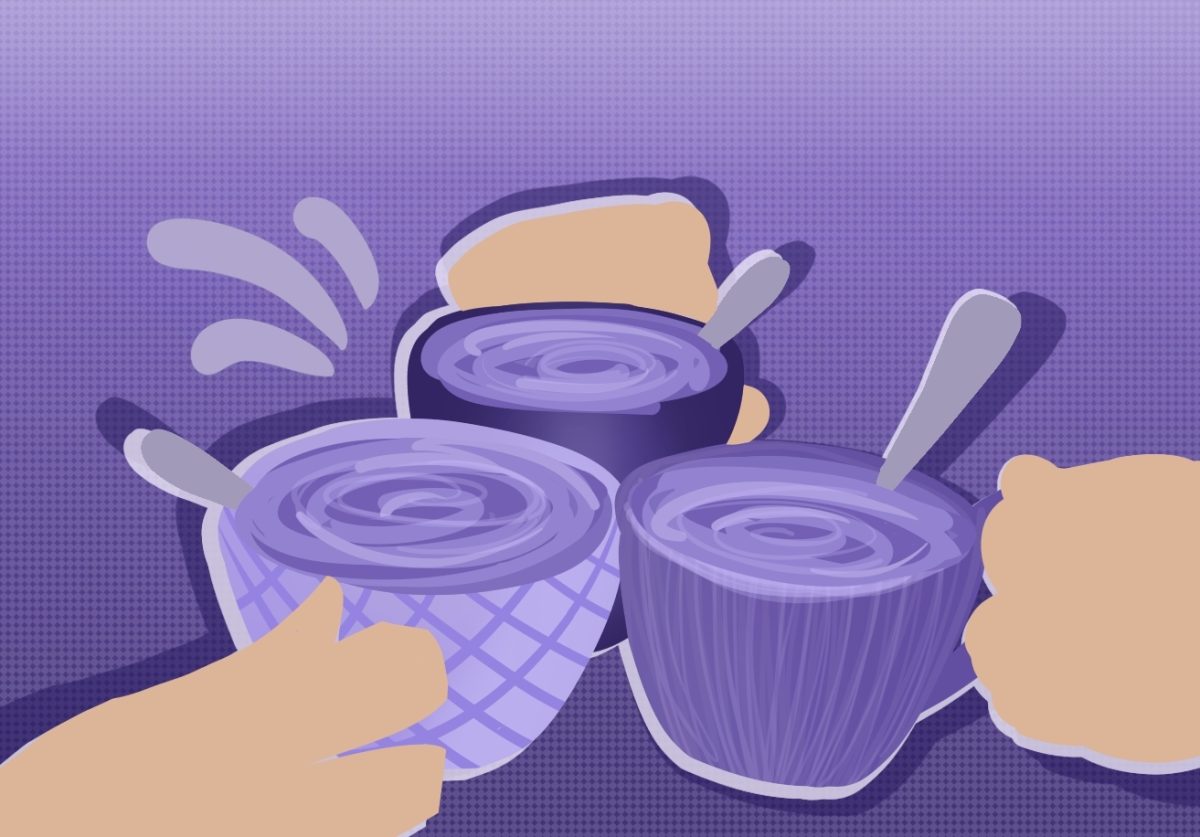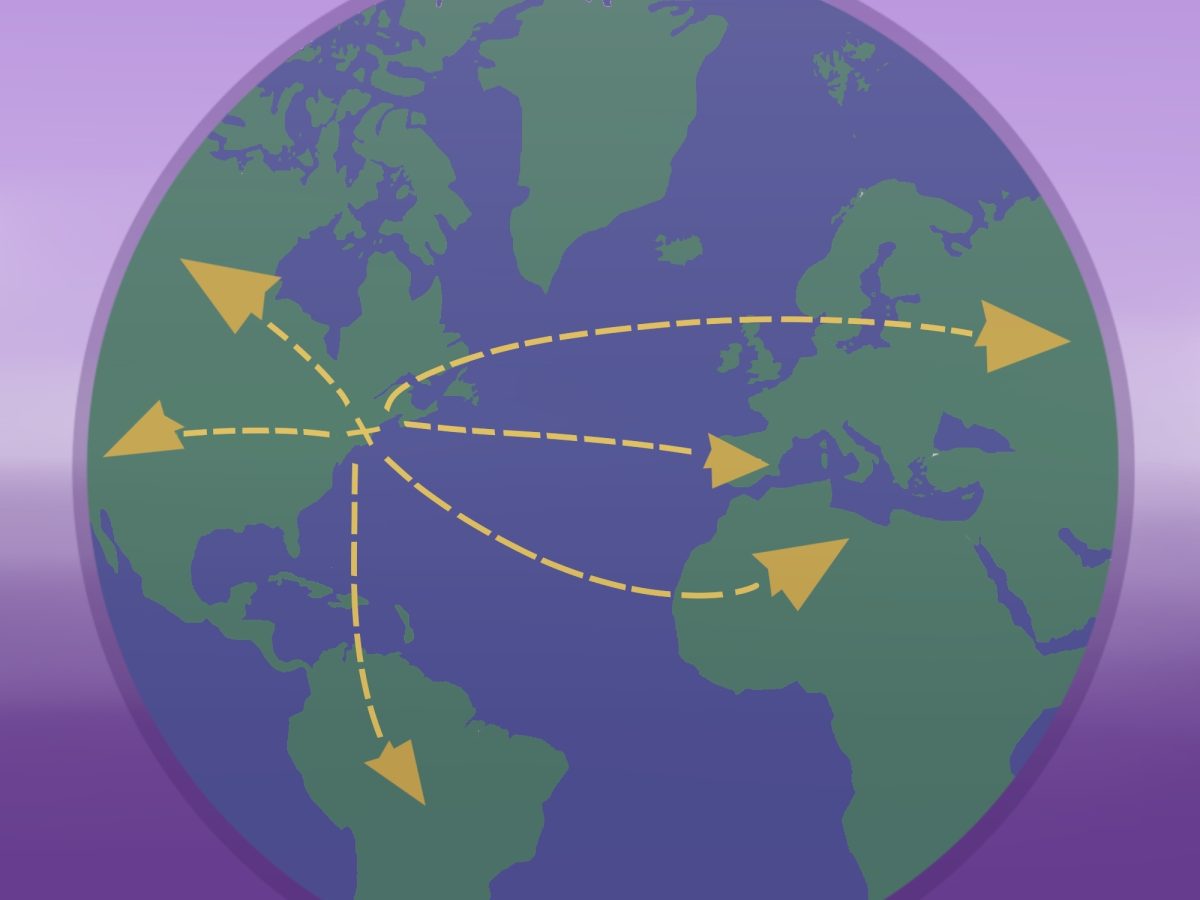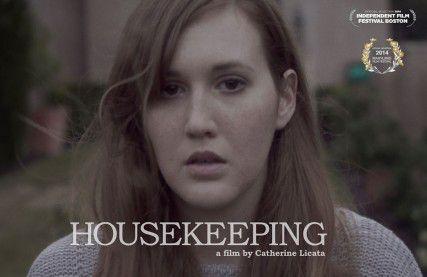Trafalgar Square in London is a one of the city’s most famous landmarks for many reasons. Today, it is famous for the events and demonstrations that take place in it, but for decades, there was another reason that the square was so renowned—its pigeons.
Londoners and tourists alike made a pastime of feeding the pigeons in the square, seed by seed. A recent study at the University of Otago in Dunedin, New Zealand indicates that perhaps the pigeons were not only eating these seeds, but they were able to count them as well.
The research shows that not only are pigeons able to discriminate numbers, but they are also able “to employ abstract numerical rules”—a skill that was previously believed to belong only to humans and primates, explains the study’s lead author Damian Scarf in the journal Science.
“Researchers have been interested in the numerical competence of animals for at least the last couple centuries,” Scarf explained in an email interview. “It is only in the last century [however] that extensive projects dedicated to numerical competence have been conducted.”
PIGEONS AND PRIMATES
The researchers believed that if the pigeons had been trained to order only the numbers 1, 2 and 3, then they would struggle to differentiate between other number pairs (such as 4 versus 5). If, however, they learnt an abstract rule, then they would be able to respond to the new pairs accurately.
“Remarkably, the pigeons were able to respond to these novel pairs correctly. This suggests that they learnt an abstract ordinal rule that was not tied to the training numbers,” Scarf said.
It took seven days every week for a year to train the pigeons just to learn that 1 is less than 2 which is less than 3. The researchers thought that if it took this long just to learn these lower numbers the birds would struggle with the higher numbers. To their surprise, they didn’t.
These results correlated with the results of a breakthrough study in 1998 that demonstrated that rhesus monkeys could learn abstract numerical rules. The monkeys were able to order pairs of numbers that they had never seen before and researchers concluded that, “[the monkeys] had learned an abstract numerical rule,” Scarf explains in Science.
“Perhaps most surprising was the fact that the pigeons’ performance was indistinguishable from that of two rhesus monkeys that had been previously trained on this task,” Scarf said in his email.
Scarf explains that he has been interested in animals since his childhood when he used to spend his time watching nature documentaries and National Geographic specials.
“I stumbled upon a class titled Comparative Cognition in my third year at college and I was instantly hooked on the idea of testing and comparing the cognitive abilities of animals,” he said.
PECKING PIGEONS
Scarf first experimented with chickens and Australian magpies before landing on pigeons as his choice subjects.
“It was only after those first two failed attempts that I moved to pigeons and I am glad that I did. They are the perfect subjects to use. They are great on visual tasks and work diligently for their wheat reward,” Scarf said.
The pigeons were first trained to order numbers 1, 2 and 3. They were presented with images containing 1, 2 or 3 objects on a touch screen. If the pigeons pecked them in the correct numerical order, they were rewarded with wheat. They tested many different sizes and colors of 1, 2 and 3 objects as well.
After the basic training, the pigeons were tested to see whether they could apply what they had learned to new numbers— if they had learnt an abstract mathematical rule. To do this, they were shown pairs of images with up to 9 objects.
“Again, the pigeon’s task was to respond to the paired items in ascending order. If the pigeon was presented with an image containing 5 circles and an image containing 9 circles, the pigeon’s task was to peck the image containing 5 circle and then the image with 9 circles,” Scarf said.
BIRD BRAINS NO MORE
The results of the study have far ranging implications.
“The study shows us that the neural machinery required for numerical competence is present in the pigeon brain, a brain much different in structure to our own,” Scarf said.
Boston University students find this ability surprising.
“Humans have so many more higher order cognitive functions than animals, so I definitely find this surprising. I have never heard of it before,” says Christina Teng, a sophomore in the College of Arts and Sciences.
Other students find this ability of pigeons surprising because they didn’t think animals could think in an abstract manner.
“I thought animals are intelligent in different ways—like how a honey bee can remember every single place it’s ever visited. But I never thought they were capable of ‘critical thinking’,” a sophomore in the College of Arts and Sciences.
THE ORIGIN OF THE SPECIES
The results may also have implications on the study of the evolution of learning ability.
“The study adds another piece to the puzzle of the evolutionary origins of this ability. Either the ability dates back to a common ancestor shared by primates and birds or primates and birds evolved the ability independently of one another,” Scarf said.
The researchers will have to test a wider range of species to find the answer to this question. Scarf believes that the connection may have to do with animals foraging for food in the wild.
“In the wild, pigeons and monkeys must be able to discern which patches will be more profitable in terms of food,” he said. When animals have several patches to choose from they must compare them and that ability to compare the amount of food in different patches may relate to the ability we tapped in the present study.”
Scarf plans to test parrots on the same task next to compare them to pigeons.
“Parrots are thought to be among the smarts of the bird species so it will be interesting to see how they measure up to pigeons,” he said.
The results of this study are clear —pigeons can no longer be considered “birdbrains.”
“When I think of pigeons I think of bird poop, annoying birds, crazy bird ladies and birds who hang out near statues and sidewalks not smart animals,” says Sneha Marathe, a sophomore in the School of Management. “This news is surprising to me.”
For more Science Tuesday and other feature articles, check out our blog: freepblog.wordpress.com



























































































